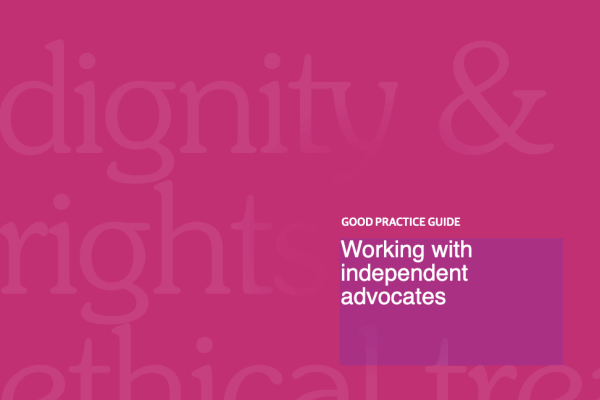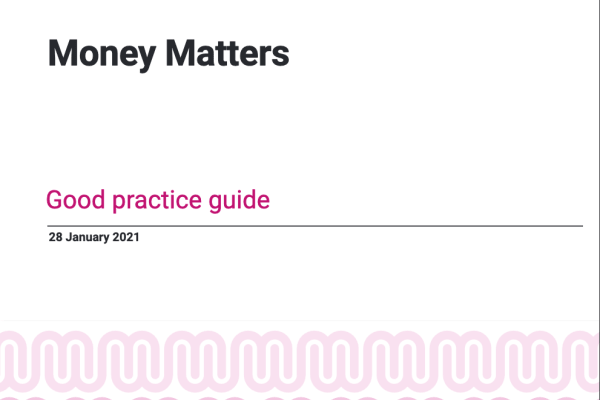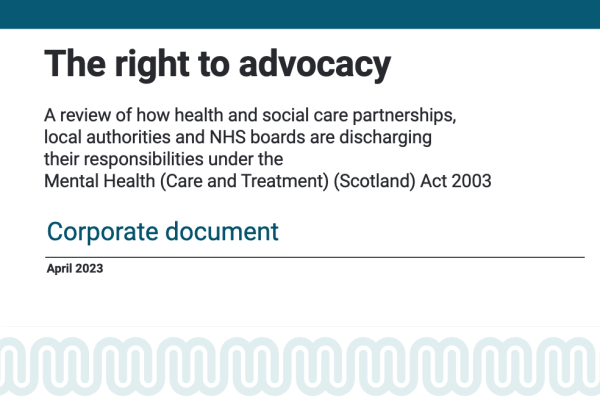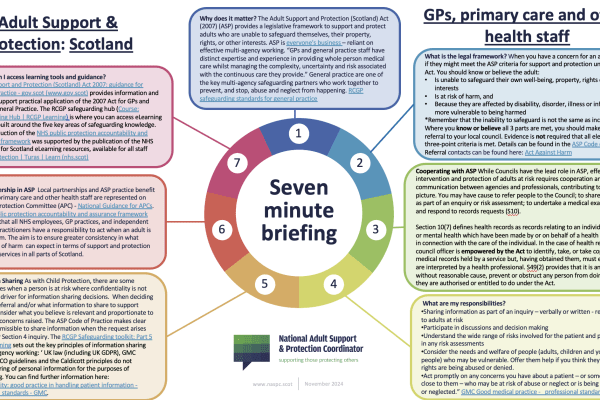Good practice guide: Working with independent advocates
This good practice guide sets out the law and basic principles related to independent advocacy. This guidance aims to help practitioners make sure that advocacy is encouraged and that the
advocate plays an important role in care and treatment, as intended by the legislation.
Several good practice examples and case studies are included.






